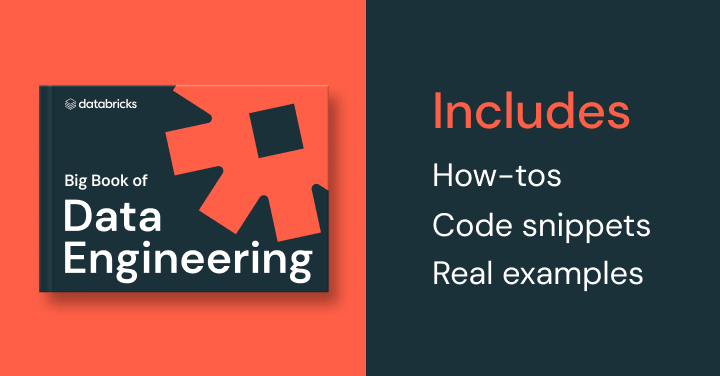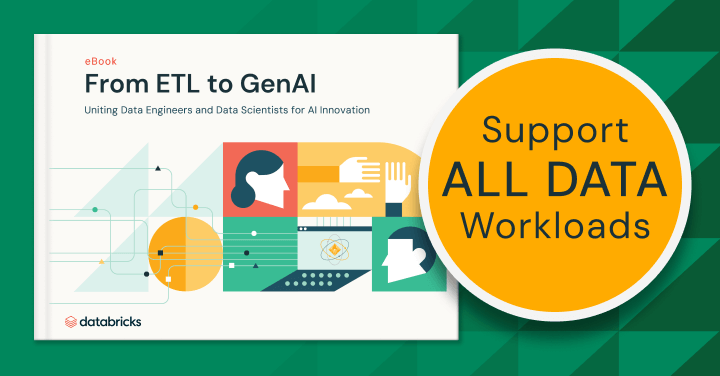Real-Time Analytics
What Is Real-Time Analytics?
Real-time analytics refers to the practice of collecting and analyzing streaming data as it is generated, with minimal latency between the generation of data and the analysis of that data. Real-time analytics is often used in applications where the timeliness of the data is critical, such as personalized advertisements or offers, smart pricing, or predictive maintenance. Real-time analytics is built on the foundational capability of data streaming.
Here's more to explore
What Is Data Streaming?
There are two types of data processing: batch processing and streaming processing.
Batch processing refers to the discontinuous, periodic processing of data that has been stored for a period of time. For example, an organization may need to run weekly reports on a set of predictable transaction data. There is no need for this data to be streaming — it can be processed on a weekly basis.
Streaming processing, or data streaming, refers to the processing of unbounded data as it arrives. This real-time (or near real-time) processing provides the freshest possible data to an organization, enabling them to make better, faster decisions and more accurate predictions, as well as offer improved customer experiences, and more.
Real-time analytics is one of three applications of data streaming, with the other two being real-time ML and real-time apps. However, it is not uncommon for a business use case to involve two or more of these in combination. For example, analytics insights may be used to trigger a business app action in real time.
Who Uses Real-Time Analytics in an Organization?
Real-time analytics can be used by various stakeholders across an organization, depending on their roles and responsibilities. Here are some examples of who typically uses real-time analytics:
- Data Analysts: Responsible for creating reports and analyzing data to provide insights and actionable information to decision-makers in real time.
- Business Managers: Use real-time analytics to monitor key performance indicators (KPIs) and make data-driven decisions to improve business operations.
- Operations Managers: Use real-time analytics to monitor and optimize production processes, supply chain logistics and customer service.
- IT Managers: Use real-time analytics to monitor system performance, identify and mitigate cybersecurity risks, and ensure business continuity.
- Marketing Managers: Use real-time analytics to monitor social media activity, track customer engagement and adjust marketing strategies.
- Customer Service Managers: Use real-time analytics to monitor customer feedback, identify trends, and respond to customer inquiries and complaints.
What Are Some Examples of Real-Time Analytics?
- E-commerce: Customers' browsing behavior, purchase history and preferences can be monitored in real time to deliver personalized product recommendations and targeted promotions.
- Financial Services: Banks and other financial institutions use real-time analytics to monitor transactions, identify fraud and detect anomalies.
- Transportation and Logistics: With real-time analytics, companies can track vehicles, monitor delivery times, optimize routes, and identify and mitigate risks.
- Healthcare: Real-time analytics is used to monitor patients' vital signs, detect anomalies and alert healthcare providers of potential health risks.
- Social Media: Using real-time analytics, social media companies can track trending topics, monitor user sentiment and identify influencers immediately.
- Manufacturing: The industry uses real-time analytics to monitor equipment performance, identify maintenance needs and detect anomalies.
- Energy and Utilities: Real-time analytics is used to monitor power grids, detect and respond to outages, and optimize energy usage.
What Else Do I Need to Know About Real-Time Analytics?
Here are some other key terms and concepts closely related to real-time analytics:
- Apache Spark™: Apache Spark is a distributed computing framework that is often used for processing large-scale data in real time. Spark provides a unified API for batch processing, stream processing, machine learning and graph processing, allowing organizations to process and analyze data in real time across a wide range of use cases.
- Databricks SQL: Databricks SQL (DB SQL) is a serverless data warehouse on the Databricks Lakehouse Platform that lets users run SQL and BI applications at scale with up to 12x better price/performance, a unified governance model, open formats and APIs, and their tools of choice. For data analysts and analytics engineers, DB SQL is a popular tool for real-time analytics on the Databricks Lakehouse Platform.
- Event-driven architecture: An EDA is an architectural pattern that allows applications to respond to events in real time. In an EDA, events are generated by various sources, such as sensors, applications and databases, and are processed and acted upon by a set of event-driven microservices.
- Data pipeline: This is a set of steps that ingests, processes and transforms data from various sources into a format that can be used for analysis. Real-time data pipelines allow organizations to ingest and process data as it is generated, providing up-to-date insights that can inform critical business decisions.
- Data visualization: The practice of representing data in a visual format, such as charts, graphs, and maps. Real-time data visualization allows organizations to monitor and analyze data as it is generated, providing up-to-date insights that can inform critical business decisions.
- Predictive analytics: This is the practice of using data, statistical algorithms and machine learning techniques to identify the likelihood of future outcomes based on historical data. Real-time predictive analytics allows organizations to make decisions and take action based on up-to-date predictions of future events.
Real-time analytics is a critical capability for organizations that need to make fast, data-driven decisions. By leveraging stream processing, event-driven architecture, and real-time data pipelines, organizations can ingest, process, and analyze data as it is generated, providing up-to-date insights that can inform critical business decisions. With the right tools and technologies, organizations can harness the power of real-time analytics to gain a competitive edge and drive business success.


